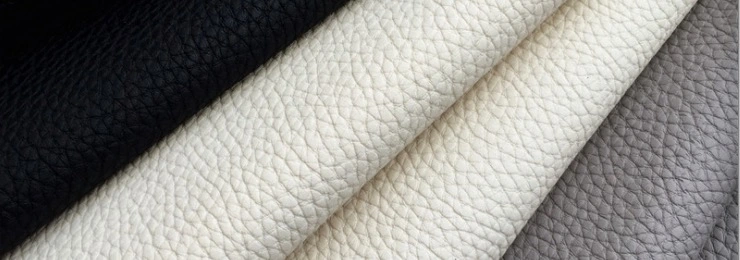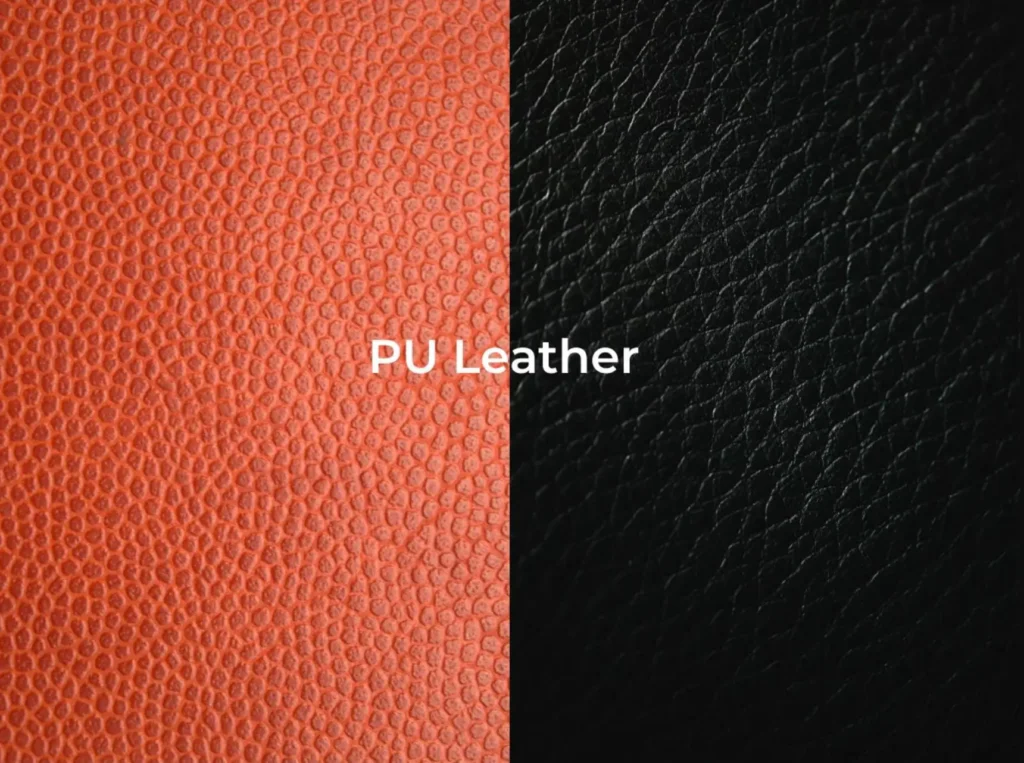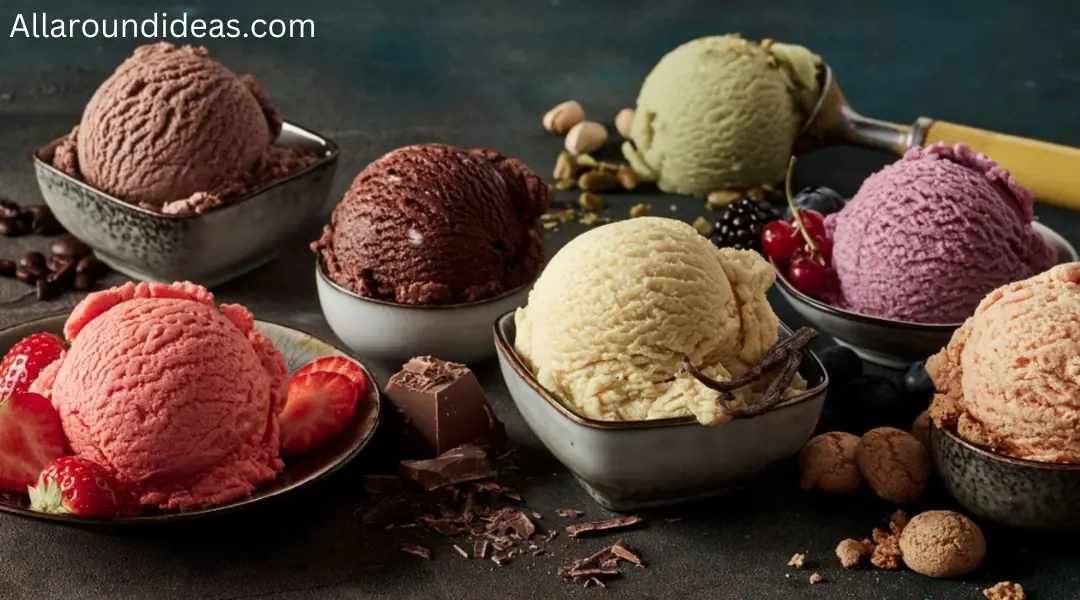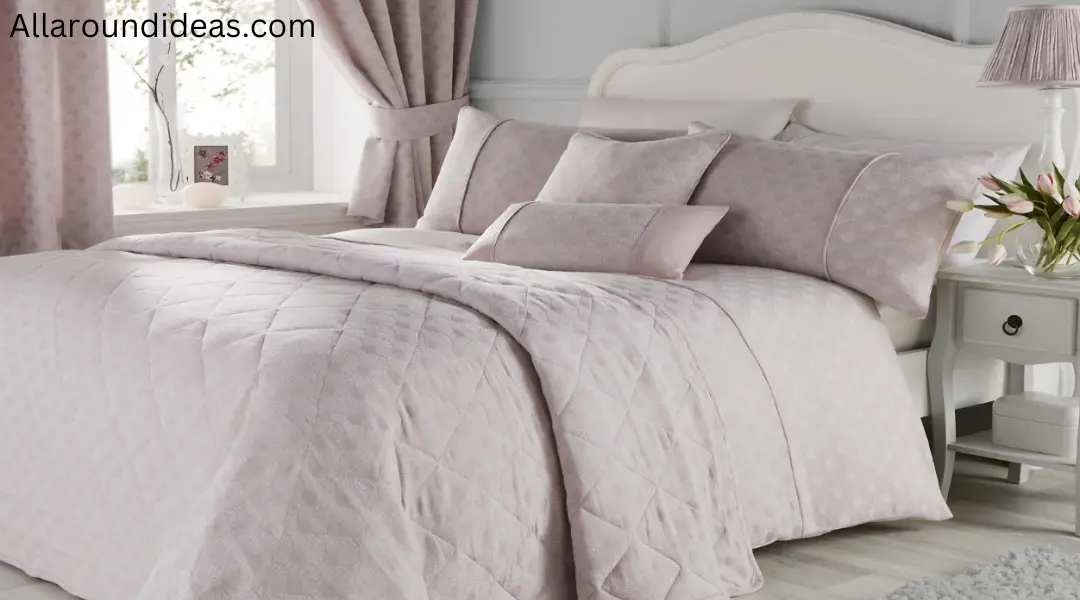In the world of textiles and materials, PU leather has gained significant traction as a popular alternative to traditional leather. But what is PU leather? This article will explore into its composition, characteristics, advantages, disadvantages, and its growing relevance in today’s fashion and furniture industries.
What is PU Leather?
PU leather, or polyurethane leather, is a synthetic material designed to mimic the appearance and feel of genuine leather. It is made by applying a layer of polyurethane to a base material, typically made from polyester or split leather (the lower layers of animal hide that are not suitable for traditional leather). This combination results in a durable, versatile material that is often more affordable than genuine leather.
If you don’t know what Gelato is and want some information about it then check out our blog post about What is Gelato.

Composition of PU Leather
- Base Material: The foundation of PU leather is usually made from synthetic fibers like polyester or nylon. These fibers provide strength and structure to the material.
- Polyurethane Coating: The defining feature of PU leather is its polyurethane coating. This layer is responsible for giving the material its leather-like appearance and feel. Depending on the manufacturing process, the coating can vary in thickness, texture, and finish.
- Color and Texture: PU leather can be dyed in a variety of colors and can be finished in various textures, from smooth and shiny to textured and matte. This versatility allows for creative freedom in design.
Pros of PU Leather
1. Affordability
One of the primary advantages of PU leather is its cost-effectiveness. Compared to genuine leather, PU leather is significantly less expensive, making it an attractive option for budget-conscious consumers. This affordability has led to its widespread use in fashion, upholstery, and accessories.
2. Animal-Friendly
PU leather is a cruelty-free alternative to traditional leather. As it is synthetic, no animals are harmed in its production. This aspect appeals to consumers who are increasingly conscious of ethical considerations in their purchasing decisions.
3. Variety of Designs
PU leather is available in a wide range of colors, textures, and finishes. This versatility allows designers and manufacturers to create unique products without the limitations often associated with natural leather. Whether for clothing, bags, or furniture, it can meet diverse aesthetic preferences.
4. Easy Maintenance
PU leather is relatively easy to clean and maintain. Unlike genuine leather, which requires specific cleaning products and techniques to avoid damage, it can typically be wiped clean with a damp cloth. This quality makes it an ideal choice for items prone to spills or dirt, such as furniture and car interiors.
5. Water Resistance
Many PU leather products are water-resistant, making them suitable for various environments. While not completely waterproof, they can withstand minor exposure to moisture, which is an advantage for everyday items.
6. Durability
Although it may not be as durable as genuine leather, But it is still a strong material that can withstand everyday wear and tear. Its resistance to cracking and fading contributes to its longevity, particularly in less demanding applications.
If you don’t know what Gelato is and want some information about it then check out our blog post about What is Gelato.

Cons of PU Leather
1. Environmental Impact
While it is a more animal-friendly option, its production process can be harmful to the environment. The manufacturing of polyurethane involves the use of chemicals that can produce harmful waste. Additionally, It is not biodegradable, leading to potential long-term waste issues.
2. Less Breathable
It tends to be less breathable than genuine leather. This lack of breathability can lead to discomfort, particularly in clothing and upholstery. For example, PU leather garments may cause sweating in hot weather, making them less suitable for prolonged wear.
3. Limited Lifespan
Despite its durability, It generally does not last as long as genuine leather. Over time, it may show signs of wear, such as peeling or cracking, especially if not properly cared for. This limitation can result in a need for replacement sooner than with high-quality leather products.
4. Chemical Sensitivity
Some individuals may be sensitive or allergic to the chemicals used in the production of PU leather. This potential issue can lead to skin irritations or discomfort, making it essential for consumers to be aware of their sensitivities when choosing PU leather products.
5. Perceived Quality
Many consumers still perceive genuine leather as a higher-quality material compared to PU leather. This perception can influence purchasing decisions, particularly in luxury markets where authenticity and tradition hold significant value.
6. Heat Sensitivity
It can be sensitive to heat. High temperatures can cause the material to warp or become damaged, making it unsuitable for environments that experience significant heat exposure. This characteristic can limit its application in certain settings.
If you don’t know what Gelato is and want some information about it then check out our blog post about What is Gelato.
Applications of PU Leather
PU leather’s unique properties make it suitable for a variety of applications across different industries:
1. Fashion
In the fashion industry, PU leather is frequently used in clothing, shoes, handbags, and accessories. Its affordability and versatility allow designers to create stylish pieces that appeal to a wide range of consumers.
2. Furniture
Many furniture manufacturers utilize PU leather for upholstery. Its easy maintenance and diverse design options make it a popular choice for sofas, chairs, and ottomans, especially in homes with children or pets.
3. Automotive
In the automotive industry, it is often used for car interiors, including seats and steering wheels. Its durability and resistance to spills make it a practical choice for vehicles.
4. Sporting Goods
It is also found in various sporting goods, including gloves and equipment. Its strength and water resistance contribute to the performance and longevity of these items.

Conclusion
PU leather stands out as a practical, affordable, and versatile alternative to genuine, appealing to a diverse range of consumers and industries. While it offers numerous advantages, such as affordability, ethical considerations, and easy maintenance, it also comes with certain drawbacks, including environmental concerns and potential durability issues.
As consumer preferences continue to evolve, so too does the market for this synthetic material. Understanding both the pros and cons of this material can help consumers make informed choices that align with their values and needs. Whether you’re considering it for fashion, furniture, or other applications, weighing these factors will ensure that you choose the right product for your lifestyle.
If you don’t know what Gelato is and want some information about it then check out our blog post about What is Gelato.


